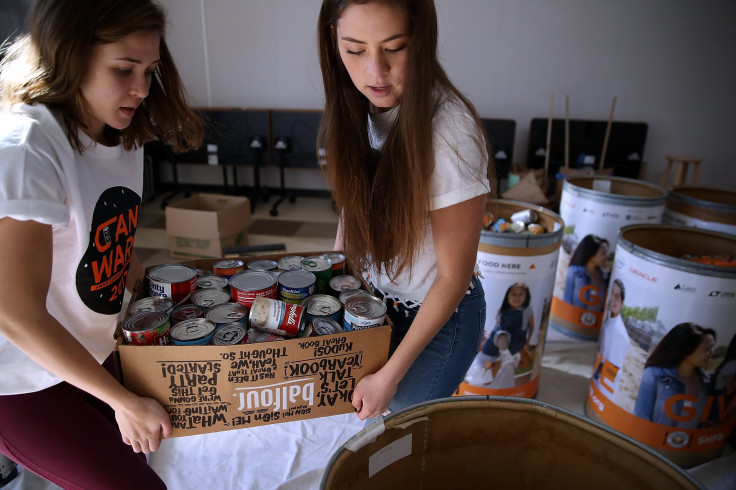Millennials Are More Charitable Than Ever Despite Student Debt

The millennial generation is feeling more generous than ever. According to a November 2017 Bankrate survey, 97 percent of those between the ages of 18 and 36 say they made or will make a charitable donation by the end of 2017. Of those who already donated, 26 percent indicated that they gave even more than they did in 2016.
Why the uptick? The increased generosity can be at least partially attributed to a robust economy; a recent U.S. Census Bureau report shows that median household income increased over the past two years. Nearly half of millennials who say they gave more this year credit it to an increase in household income.
And still more did so out of empathy. In a year that saw deadly hurricanes in Puerto Rico, Texas and Florida, 41 percent of this age group say they preferred donating clothes, food and other goods to do their part.
Millennial vs. Baby Boomer Donors
How millennials give tends to differs markedly from their parents’ generation. They are the least likely age group to favor monetary donations compared to Baby Boomers, 48 percent of whom say money is their preferred way to give.
But that’s not because millennials are penny pinchers. This generation is more likely than any other to be saddled with student debt, making it perhaps easier and more appealing to give in different ways than its older, more financially stable counterparts.
Those in their late 20s and early 30s are often settling down, starting a family and buying a place to live. While millennials save up for these milestones, they may, in turn, cut back on other expenses. But 27 percent of millennials say their favorite way to give is with their time, which doesn’t affect their budgets.
Let’s not forget the instant gratification factor as well. Volunteering to rebuild housing or work with children can be a more rewarding overall experience than the act of writing a check — and more social media-friendly too.
Companies are tapping into this shift too, making it easier for millennials to be charitable in ways that won’t ding their wallets. Travel-loving millennials can donate their airline miles to dozens of different charities, and workplaces and office buildings often set up boxes around holidays to accept donations of gifts or other items.
Millennials Prefer Donating Online
As the most technically savvy generation, millennials are also the best poised to give money with a few taps instead of writing out and mailing a check. The rise of instant-payment apps like PayPal and Venmo along with crowd-sourced online charitable sites like GoFundMe and YouCaring makes it easier to solicit, collect and give funds to charitable causes.
The instant-gratification generation is far more likely to click on a charity page posted by a friend on social media than respond to a solicitation in the mail for a cause they’ve never heard of.
According to a 2017 report by Blackbaud on American giving, 62 percent of millennials said they would donate through their mobile phones and 47 percent said they donated through a charity’s website.
Therefore, the message about millennial giving is clear: This age group wants to feel a connection to their charitable giving. But when they do give money, they prefer to do so online.
Robin Saks Frankel is an analyst for Bankrate.com.
© Copyright IBTimes 2024. All rights reserved.











